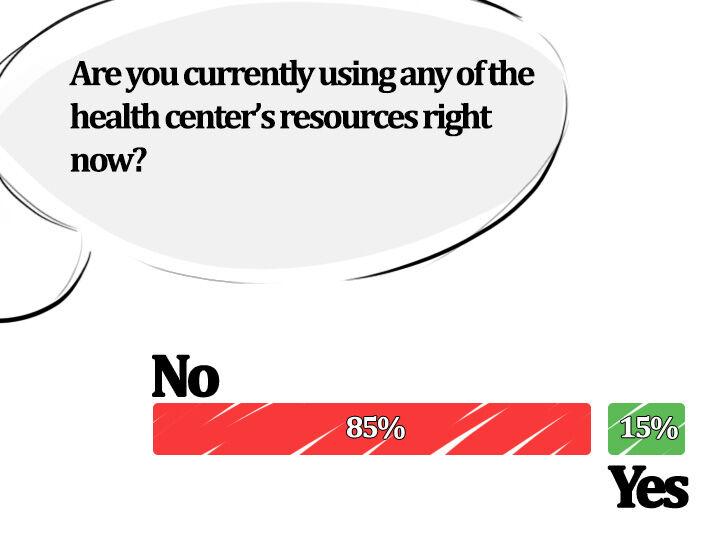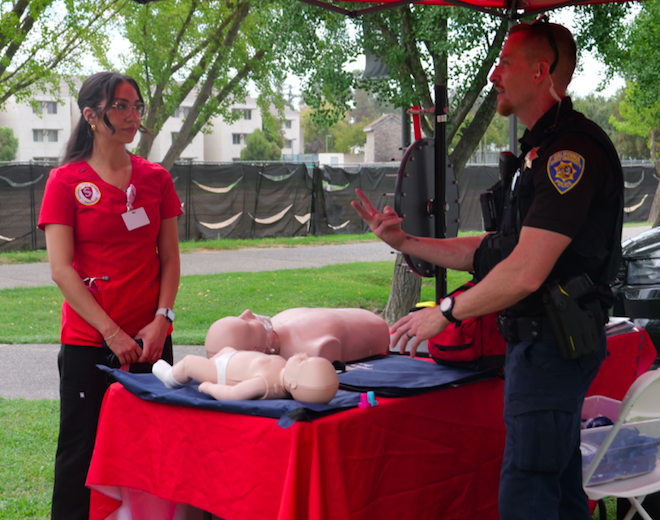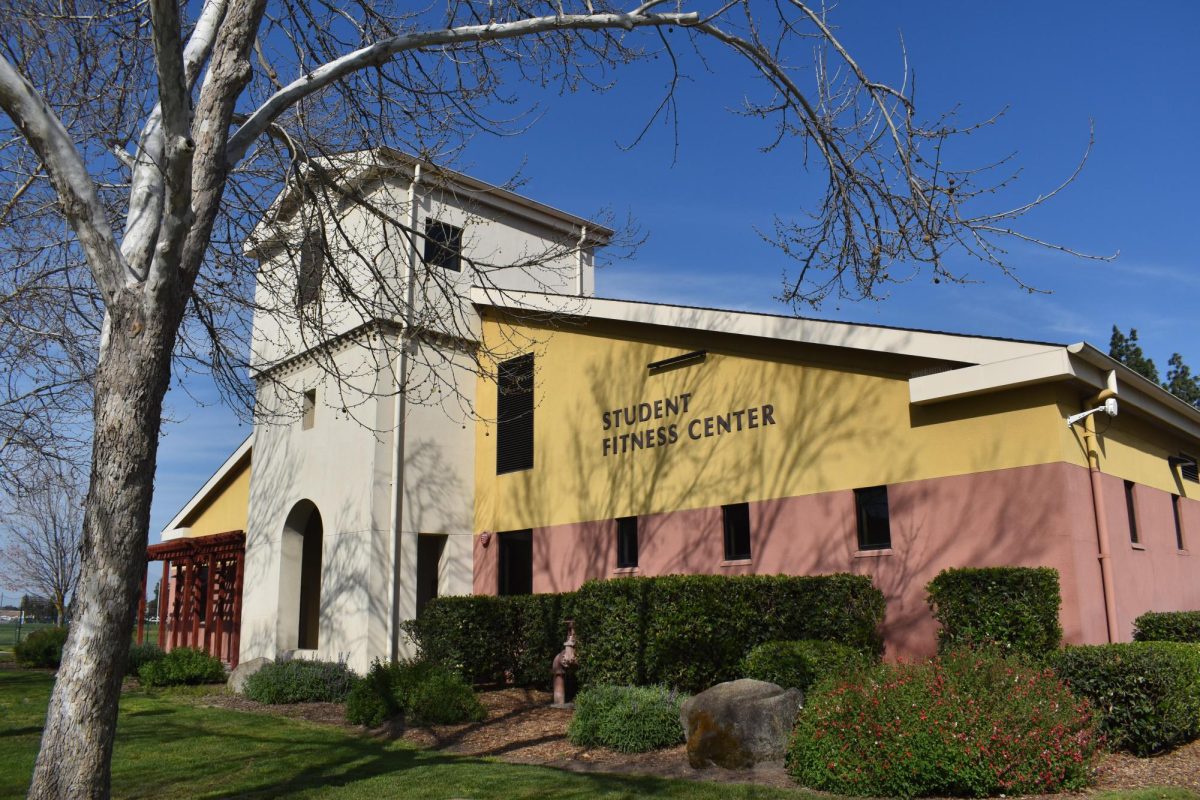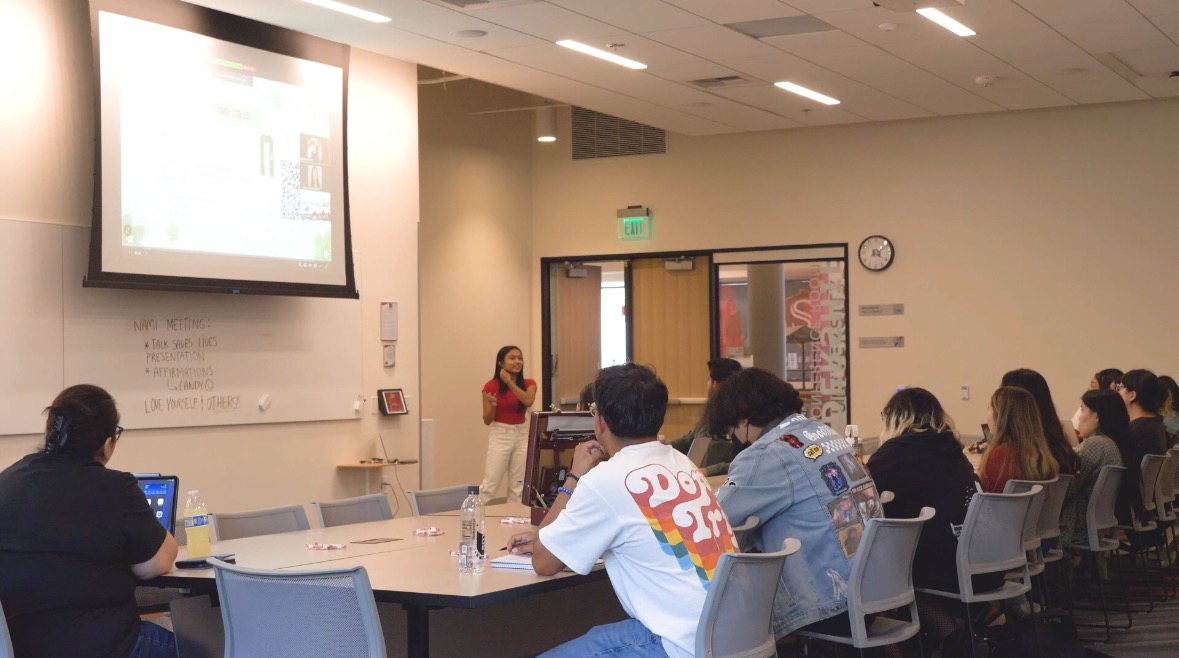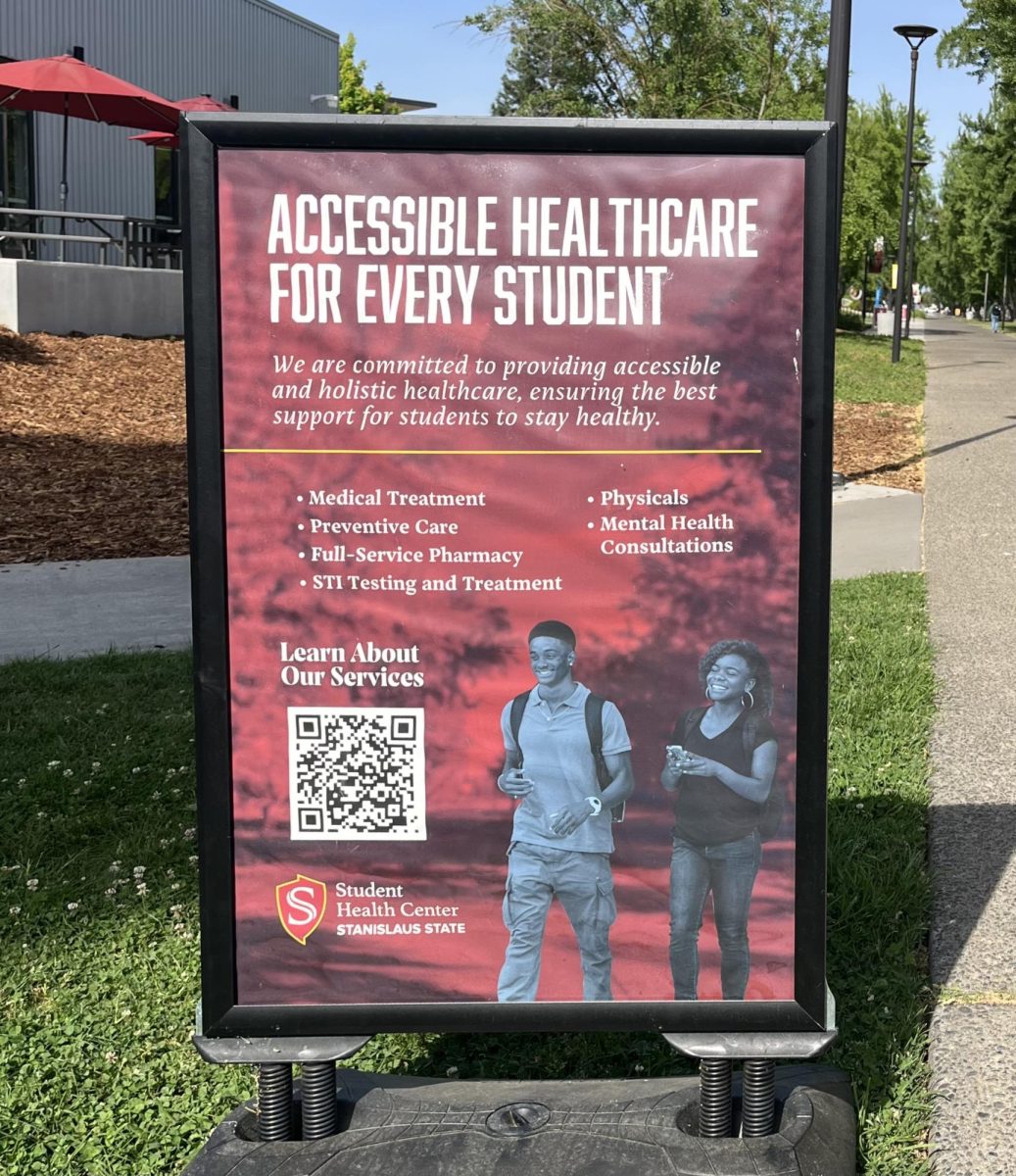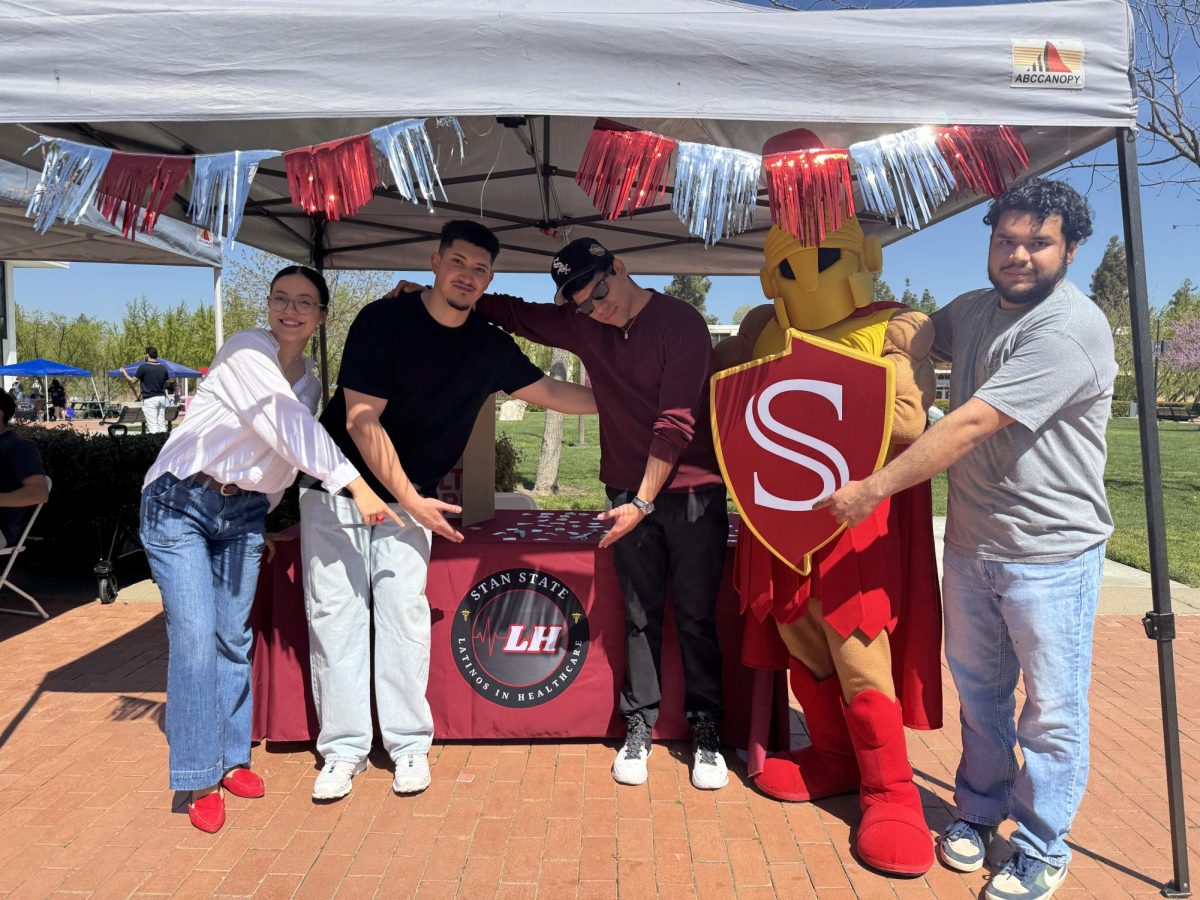The Stan State Student Health Center has seen a great deal of change these past few months, and right here is the latest update.
The year of 2020 has been a memorable for sure, but quite possibly most memorable for our healthcare workers. According to The New York Times, there have been over 16 thousand coronavirus cases and 300 deaths in Stanislaus County alone since March.
A new normal has been established, and it is vital that we support our medical workers during this time as their workplace is radically impacted. Stan State’s very own health center has had to make many accommodations, including converting over to practicing primarily telemedicine.
It is vital that students remain informed of the resources currently available at the Student Health Center.
Stan State student Timea Friesen (junior, English) says she is not currently using any of the health center’s resources but appreciates the resources available. Friesen says, “If more people knew about them, I think they would be utilized a lot more and would help a lot of students out.”
Kayla Mahan (junior, Pre-Nursing) affirms Friesen’s statement that more students should be made aware of the health center’s resources. “I think it’s really important for students to know about the health center and what it has to offer!” Mahan says, “Being a college student, the resources they offer are good pricing and better than what you could get from any stores or doctors visits.”
Mahan has not used the health center’s available resources presently, but would still be willing to use them even as a commuter. Mahan says that “Since flu season is slowly approaching, I know that doctors offices can be very busy especially since some of them are opening back up. So if I had to commute I would. The commute isn’t too bad if I had to come to campus, as it’s about 40 minutes.”
Pictured below are the results from an Instagram poll that the Signal conducted. The poll has confirmed all of the student statements that the health center has been under-used since the surge of COVID.
Dr. Sergio A. Mazan (a doctor at the Student Health Center) was willing to elaborate on the many different effects of the pandemic on the Student Health Center and how students can access their resources at this time.
The working hours of the center have remained mostly the same with a few new changes. “For example, we used to be open for the lunch hour between 12 and 1,” Dr. Mazan says, “but because of what’s going on with the covid-19 pandemic, the shelter-in-place order that came out, and the governor’s executive order that high-risk and vulnerable people should stay home or arrange for working from home, we did lose a lot of staff.” Much of the center’s staff is now working from home or on administrative leave. This has resulted in a lack of people to cover the 12-1 hour that used to be available before.
Telemedicine has become the key word when it comes to the health center. Dr. Mazan states, “We’re doing more telemedicine, and some providers are actually working from home where they’re still making appointments, taking appointments, answering phone calls, prescribing medications, ordering labs…but it’s all remote working either just using telephone or sometimes zoom chats.” On campus, the health center has converted almost entirely to telemedicine. Dr. Mazan says, “I would say about maybe 75-80% of our practice right now is over telemedicine. We’re still doing some in-person, face-to-face visits when needed, but for the bulk of it we’ll start the conversations over the phone or sometimes bring people in if we need to see them in person.”
With distance learning in session, the amount of students on campus has plunged, and subsequently the patient count at the health center has as well. Dr. Mazan says that “I think overall the volume of work went down, for different reasons. A lot of students are distance learning from home and home may not be here.” Many students come from out of state or from areas of California that are further away, so as Dr. Mazan says, it is not practical for those students to come into the campus clinic like they used to.
The Stan State Student Health Center has been strictly following the new pandemic-related health and safety guidelines on campus. “Here in the clinic specifically, it starts with the daily check-ins through the Stan Emergency COVID app where every day we check for our own symptoms.” Dr. Mazan shares, “Once we’re here we’re all abiding the guidelines to wear your facial covering while inside the building. We’re doing social distancing. We’re practicing hand hygiene. We have modified work spaces, so physical barriers now–between the work stations that were just right next to each other, now they have partitions in between them–staggering the areas, shift coverage, and then definitely as far as the patients go, we limited the patients so that they don’t bottleneck at the front.”
The center has prevented this “bottlenecking” of patients in close proximity in the lobby by spreading out appointment times, making them 30 minutes each, limiting the number of people inside of the lobby at any given time, and allowing time to clean-up afterwards so that they are making sure to decontaminate anywhere a patient was at.
Since the breakout of COVID-19 back in March, the health center has seen far less COVID symptoms in patients, which can be attributed both to the lower volume of patients and the improvement in COVID statistics in Stanislaus County. Dr.Mazan says that “If somebody has COVID-type symptoms, we’re asking them to go get tested without even coming into the health center, because we are not doing COVID testing here at the clinic.” If an instance arises in which they must see a patient with COVID symptoms, the health center has special procedures in place to limit exposure to both the staff and other patients. Dr. Mazan says that the staff “have not had anybody recently come in that we thought may have had COVID. At the very beginning we did, because it was still new. People were coming in with unusual symptoms that ultimately I did refer to the ER, but not since the last couple of months.”
The quarantine has been a real challenge for many people, not just the extroverts. Isolation has given way to many mental health struggles, and this has been confirmed by Dr. Mazan. “There has definitely been more anxiety, depression, more stress associated with social isolation, there’s been more financial stress — students who have maybe lost their jobs at local restaurants or in different kinds of business that were shut down.” Dr. Mazan says that the stresses placed on patients at the health center can be attributed to isolation, the constant worry and anxiety about COVID, the illness in family members, and financial stresses.
Luckily, “The good thing is that even though [students are] not on campus, you can still access the health center and we can have discussions over the phone or over zoom,” Dr. Mazan states, “and most of the time that has been enough but there have been a couple of times when I have thought ‘No, I think this person needs a little bit more,’ so I would bring them in and safely bring them in for the one-on-one visits here inside the health center.” The Psychological Counseling Services at Stan State is also still available for students both on campus and through telemental health counseling.
COVID is the prevailing virus this year, but that does not mean flu shots are to be forgotten. Dr Mazan says, “We always encourage flu shots, but this year especially we are encouraging all students to get their flu shot and they can get it for free. All a student has to do is call and make an appointment.” Walk-ins for flu shots are no longer available as a result of the pandemic, because according to Dr. Mazan, “For any vaccines or blood draws, things like that, we don’t really want people just walking in because we want to make sure that we control the flow and limit exposures to one another.”
Dr. Mazan shares some wise words of advice when he says, “I guess my biggest suggestion would be for all of us not to give up. We’re all tired of the situation, but we can’t let our guard down. Please continue to wear your mask, social distance, practice hand hygiene, do all of the things that we need to do to keep the numbers down. The good thing is that these things are working because we are flattening the curve here in Stanislaus County. So, we need to buy the system time before we can get more long-term solutions like a vaccine. Until we can get those long-term solutions, we need to all be diligent and do what we can and not give up.”
Stan State student Stephanie LeQuia (junior, Child Development and Psychology) vouches for the value of the Student Health Center’s numerous resources. “I have used the health center for all my check-ups.” LeQuia says, “The nurses and staff are very friendly and kind. Having a doctor on campus was very beneficial when I got sick… my classes.”
LeQuia states that “Many students are struggling with access to health services because of COVID-19 regulations. It is even more important for students to know about these resources than it was before our transition to the online format.”
Bernadette Bray (junior, English) says, “Even if you don’t need those [health center] services in a given moment, that doesn’t mean that you won’t in the future. Although this can be said for any campus resource, you are undoubtedly going to get sick sometime in your academic career at Stan, which is why I try to keep abreast of the services offered at the health center.”
It is essential that we remain diligent in following COVID safety guidelines as Dr. Mazan urges, and that Stan State students are aware of the many helpful resources that are still available at the Student Health Center. Now more than ever, health and safety should be the primary focus of our daily routine.

